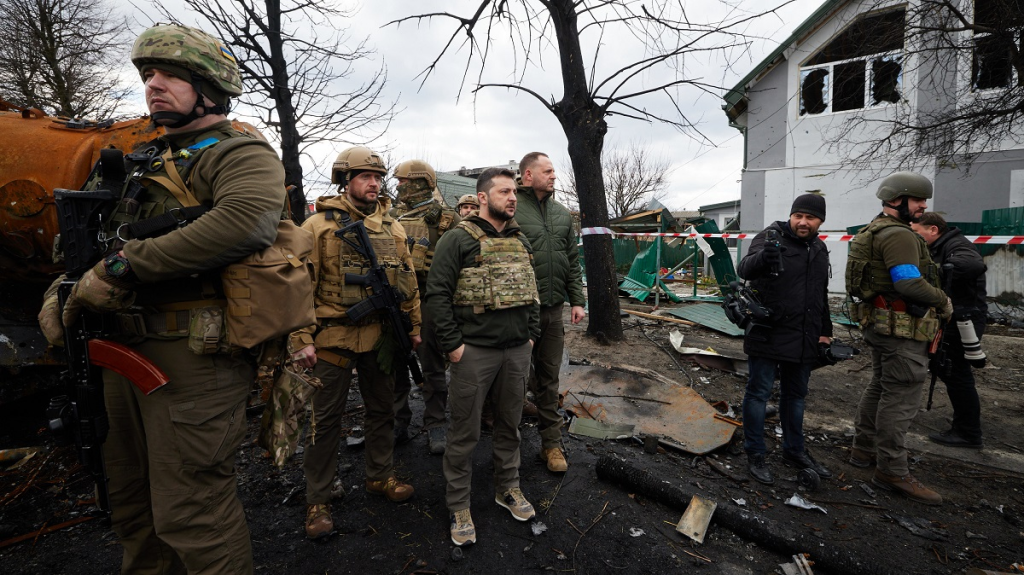
“Demilitarization of Crimea continues!”-the laconic report titled by Ukraine’s Defense Intelligence meant more than a figure of speech. In late October 2025, the unmanned systems forces of Ukraine located and destroyed the Russian advanced Valday radar at Dzhankoi airfield in occupied Crimea as part of the wider campaign to dismantle Russia’s air defense network and blind critical sensors, opening vulnerabilities in contested airspace.
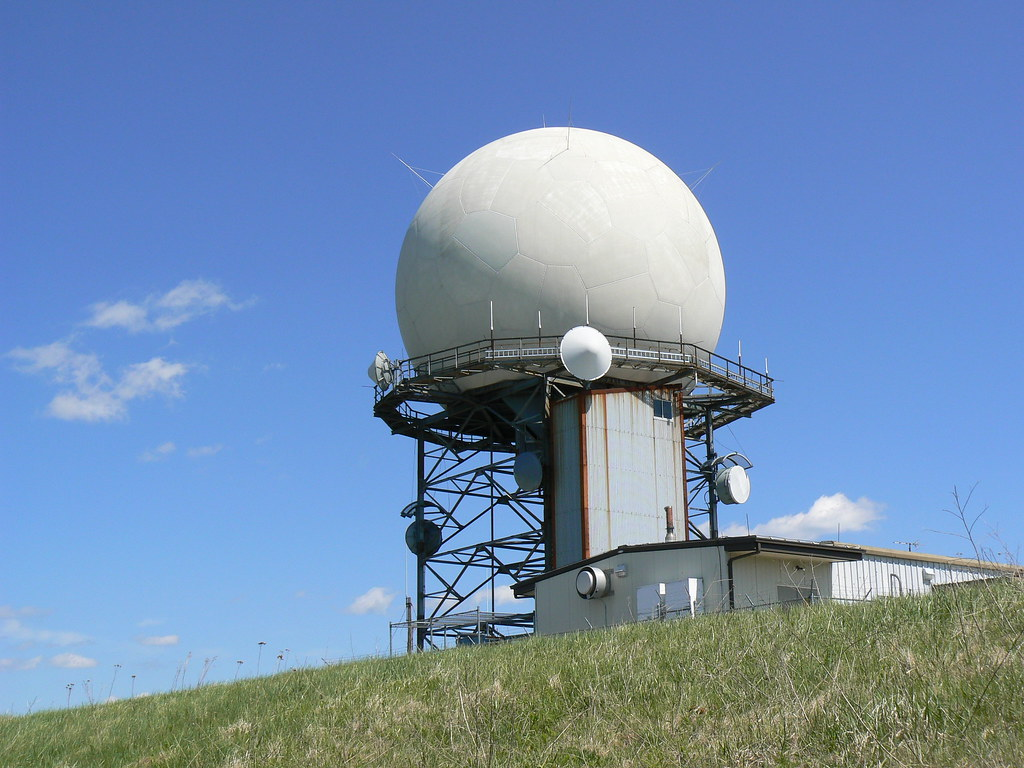
The Valday radar is still fielded in limited numbers and is largely considered a prototype. It represents the latest attempt by Russia to grapple with the growing unmanned aerial vehicle threat. Its destruction underlines both Ukraine’s evolving strike capabilities and how radar warfare in the region is currently changing. It’s a window into the technological and tactical contest that now defines the battlefield-from the unique electronic warfare functions of the Valday to the systematic targeting of high-value radars by Ukraine.
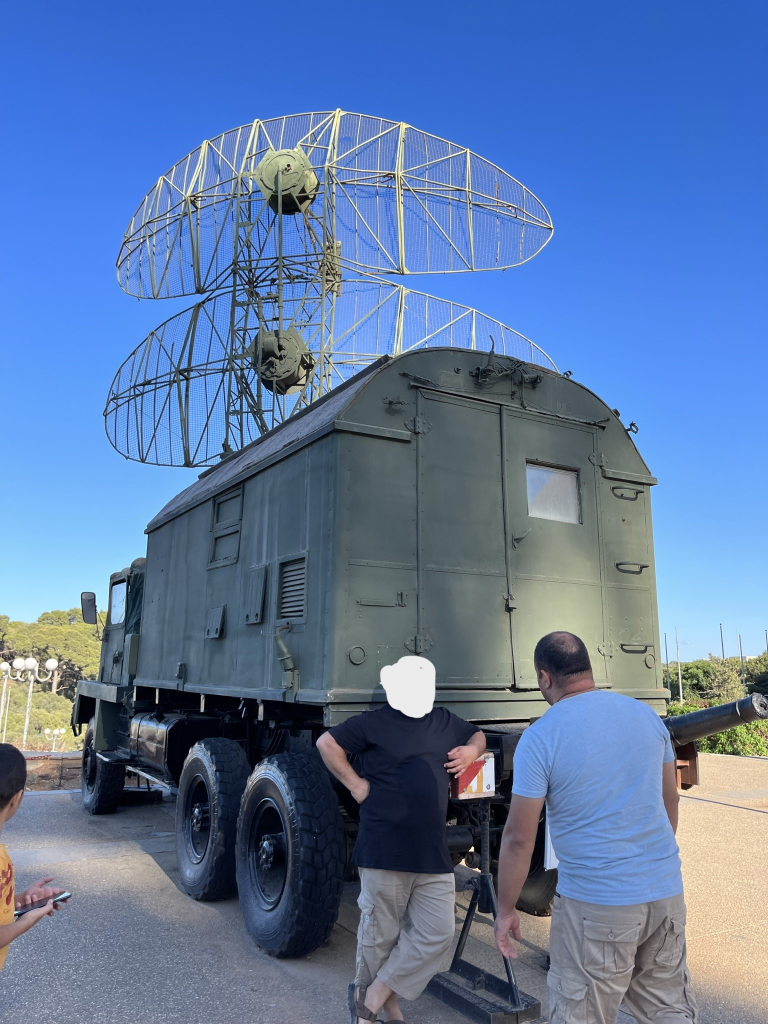
1. Anti-Drone Capabilities of Valday Radar
The Valday represents a generation of the newest Russian complexes for counter-UAV purposes, fitted with an electronic jamming module that allows effective suppression of the control, navigation, and communication signals of drones. It was designed to detect small UAVs at 5–6 kilometers and larger ones beyond 15 km to handle the threat presented by compact aerial assets effectively. The Valday is still undergoing tests and is one of the first prototypes in this class; as such, each unit is highly valued and quite rare.
Its destruction at Dzhankoi removes a tool on which Russia relies in detecting and neutralizing small drones, an increasingly important capability given Ukraine’s expanding UAV operations. It also denies the Russian forces a system that combines radar detection with active electronic warfare to create multilayered defense against swarms and precision-guided munitions.
2. Precision targeting by Ukrainian intelligence
The Dzhankoi strike was the result of extensive reconnaissance by Ukrainian unmanned systems units to spot the well-camouflaged radar and then conduct the precision attack. That is a similar pattern to earlier Ukrainian strikes against two Valday radars in Russia’s Moscow region, including one near Dolgoprudny responsible for defending the capital’s airspace.
Operations like these serve to show the world that Ukraine can find and neutralize important assets even deep in defended territory. With the hits on the radar systems, Ukraine is methodically destroying Russia’s situational awareness, creating vulnerabilities that are then being exploited with drones and missiles.

3. Strategic Impact of Radar Losses
In other words, the radars are “eyes” for integrated air defense systems. As was noticed from the very beginning by Ukraine’s Special Operations Forces after the strike on the S-400 Triumph radar, taking away an observation and guidance element makes the whole system combat-ineffective. The same would apply to Valday: if it is not capable of detection and jamming, large blind spots in UAV defense exist for Russian troops. These would cumulatively contribute to, and thus over time erode, the air defenses that Russia has built up in Crimea. Over time, they could allow Ukraine aircraft or long-range drones to operate in contested areas with reduced risk.

4. Russia’s Greater Anti-UAV Arsenal
Beyond Valday, Russia has utilized a slew of anti-drone systems, from the Pantsir-S1M with hard-kill missile firing and soft-kill electronic suppression to 9K333 Verba MANPADS for intercepts against UAVs and guided munitions. Upgrades to the Pantsir-S1M’s radar now allow it to track up to 40 targets at ranges out to 75 kilometers, while Verba units can be integrated into larger air defense networks. The systems create an “anti-drone dome” around key assets but have often been undermined by Ukrainian strikes against the associated radars and launchers, forcing Russia to adopt different patterns of deployment that incorporate portable jamming systems for protection in selected areas.
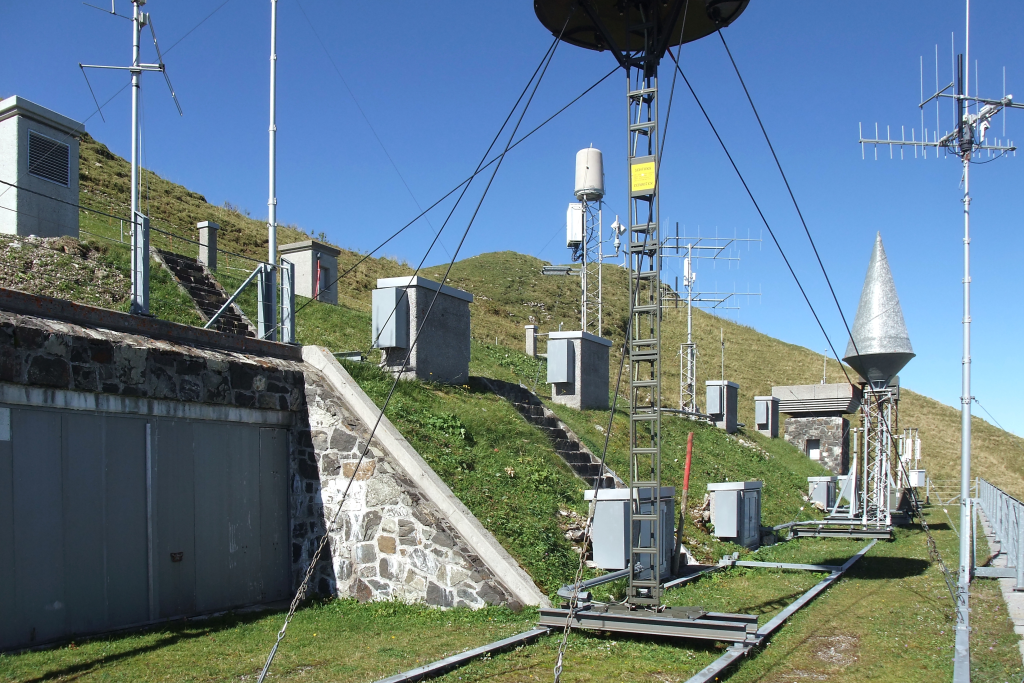
5. EW Systems Under Stress
The electronic warfare assets fielded by Russia today form part of a tiered approach to counter-UAVs: Multik for helicopter defense and Krasukha series for high-powered jamming. These disturb control links and navigation signals, providing protection from FPV drones and reconnaissance UAVs alike. However, this Ukrainian focus on destroying radar nodes undercuts any prospect of cooperation for EW units with air defense systems: without reliable detection data, the jamming can’t be proactive, merely reactive, which reduces overall efficiency.
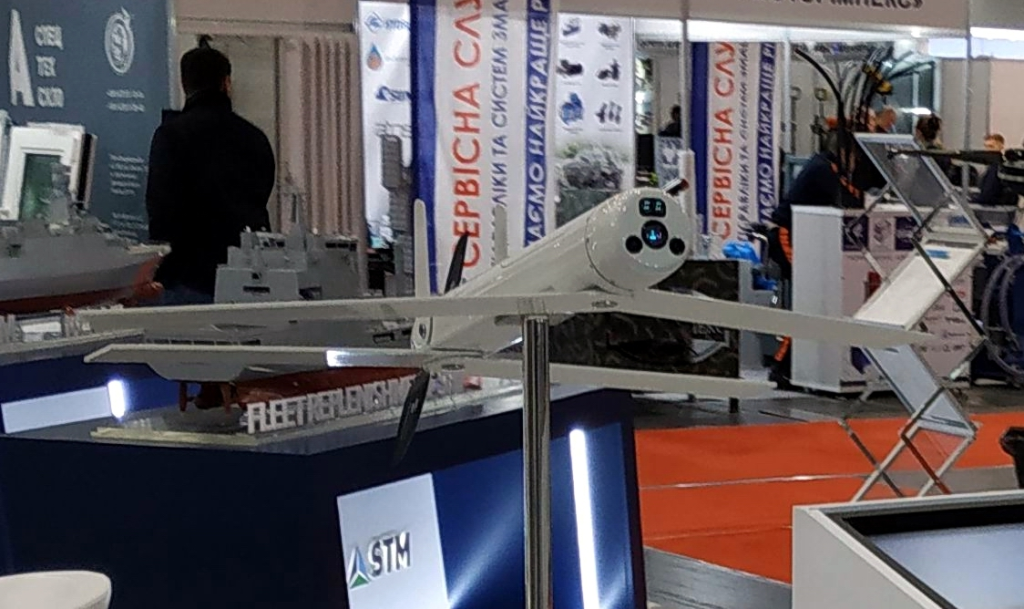
6. Integration of Tactical Drone Warfare
The destruction of Valday happens in the context of ever-refining UAV tactics by the Russians: fiber optic-guided drones immune to EW interference and extended-range FPV platforms are now being used by the Russian military. These innovations allow Russian forces to interdict Ukrainian ground lines of communication and strike deeper into rear areas. The withdrawal of such sophisticated radars as Valday will deprive Ukraine of an effective detection layer for these UAVs, which may potentially create barriers to Russia’s ability to coordinate precision strikes and maintain persistent fire control over critical routes.

7. Escalation Risks and Strategic Messaging
Strikes on radar systems can carry geopolitical risk; thus, when Ukraine hit early-warning radars at Armavir and Orsk in May 2025, U.S. officials were concerned that such strikes might be misinterpreted as undermining Russia’s strategic nuclear deterrent. While Valday is a tactical system, its destruction nonetheless reflects Ukraine’s readiness to strike high-value assets in occupied territory. The public framing is: “Demilitarization of Crimea continues!” It reiterates the Ukrainian narrative of the systematic dismantling of Russia’s military infrastructure while simultaneously acting as a deterrent message against the future deployment of advanced systems in contested areas.
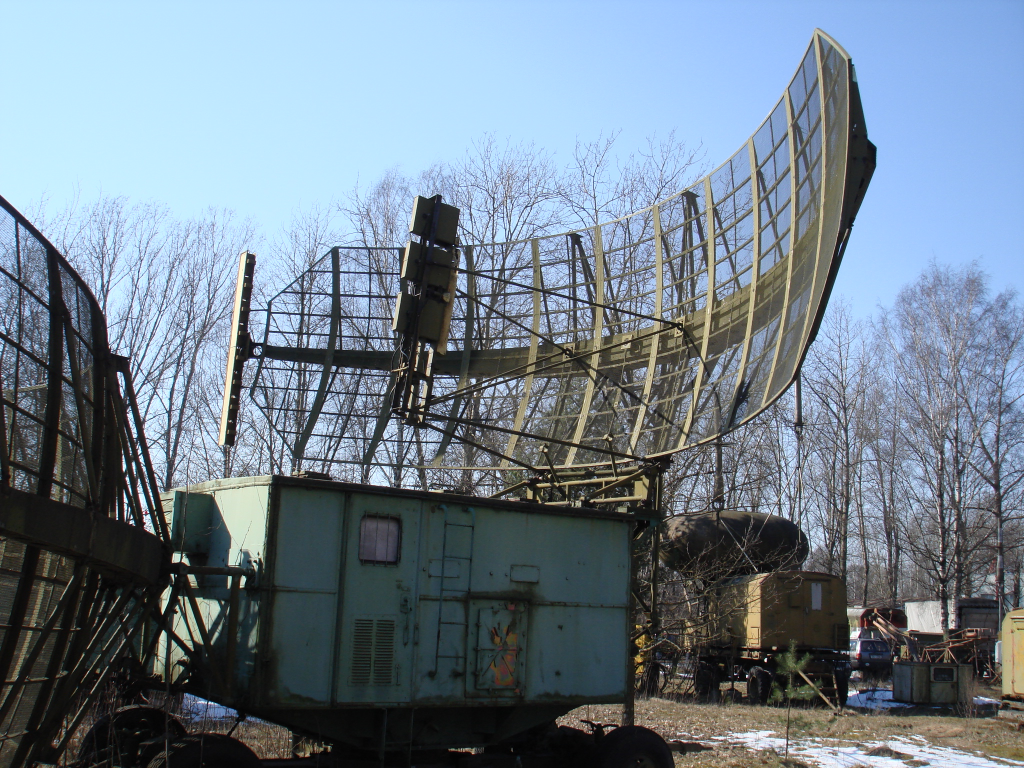
More than a tactical success, the destruction of the Valday radar at Dzhankoi was a thoughtfully considered step in Ukraine’s general effort to blind and fragment Russia’s air defense network in Crimea. Precision intelligence, discriminant strikes, and knowledge of the technological interplay between radar, electronic warfare, and UAV operations are used by Ukraine to reshape the operational environment. Thus, the evolving conflict will be determined by a contest between detection and denial systems as both sides continue to adapt.



